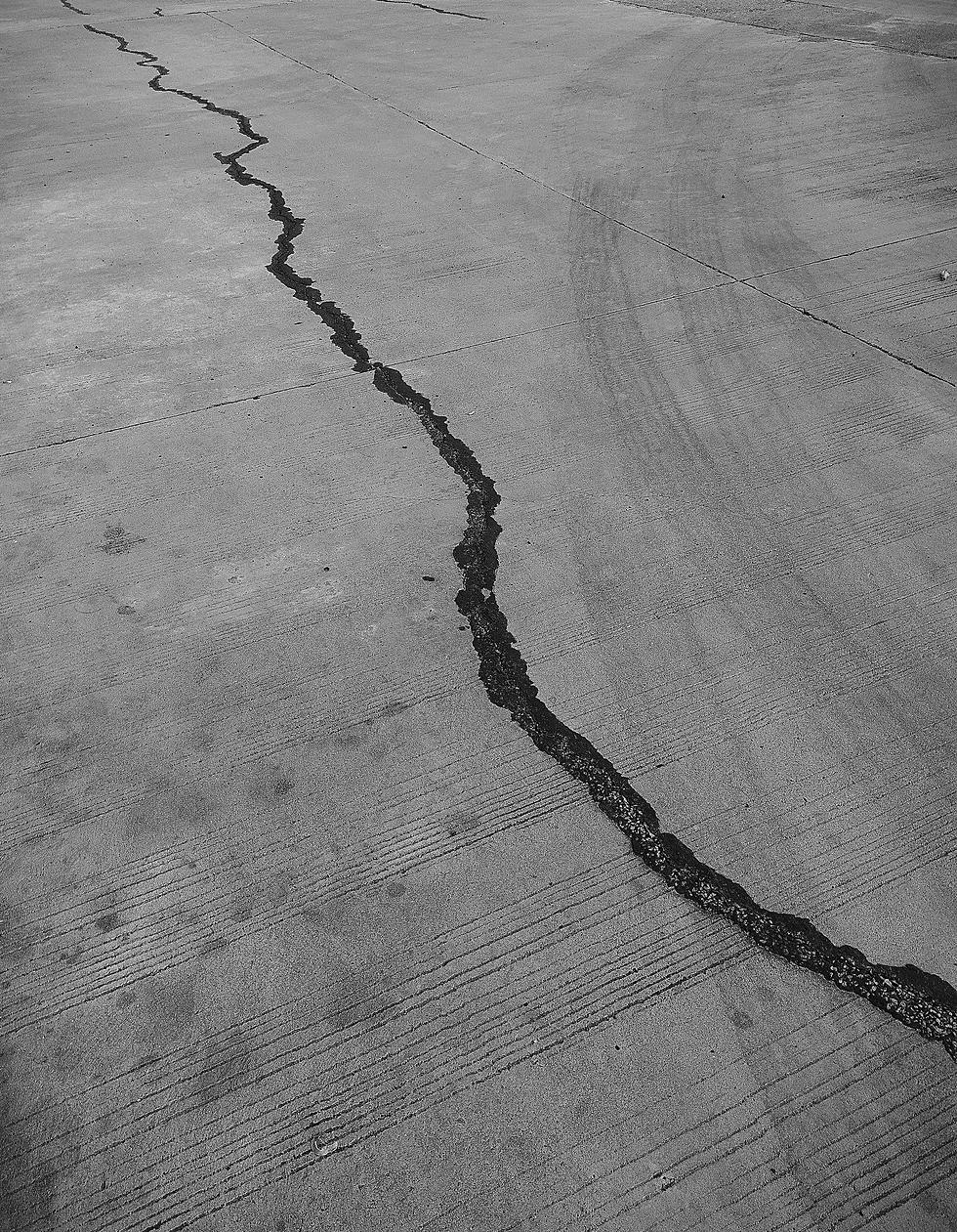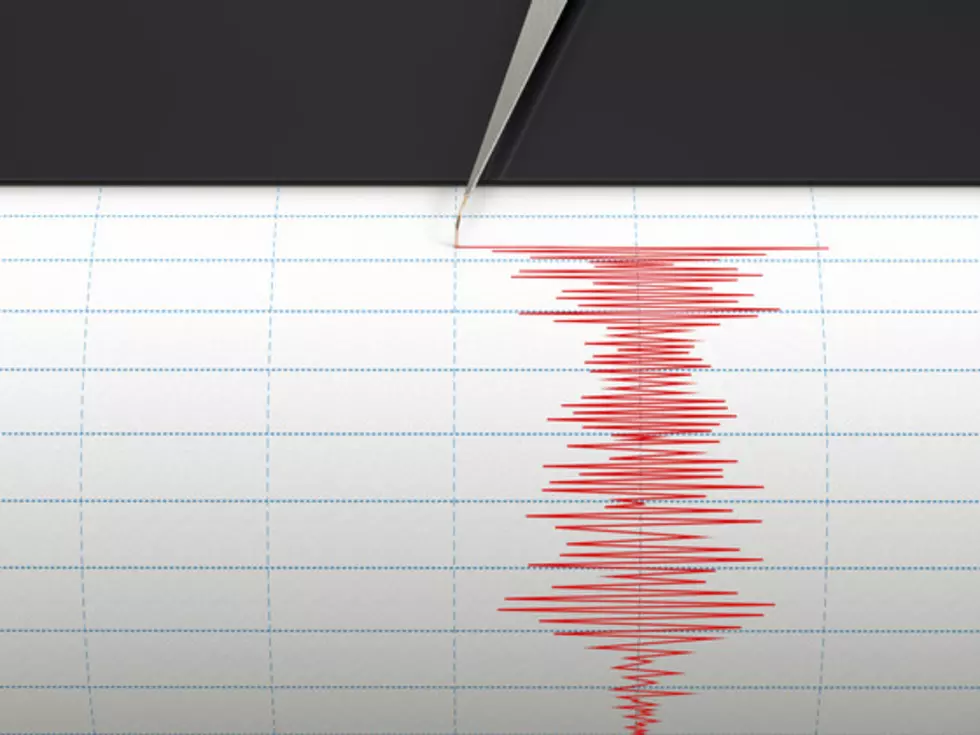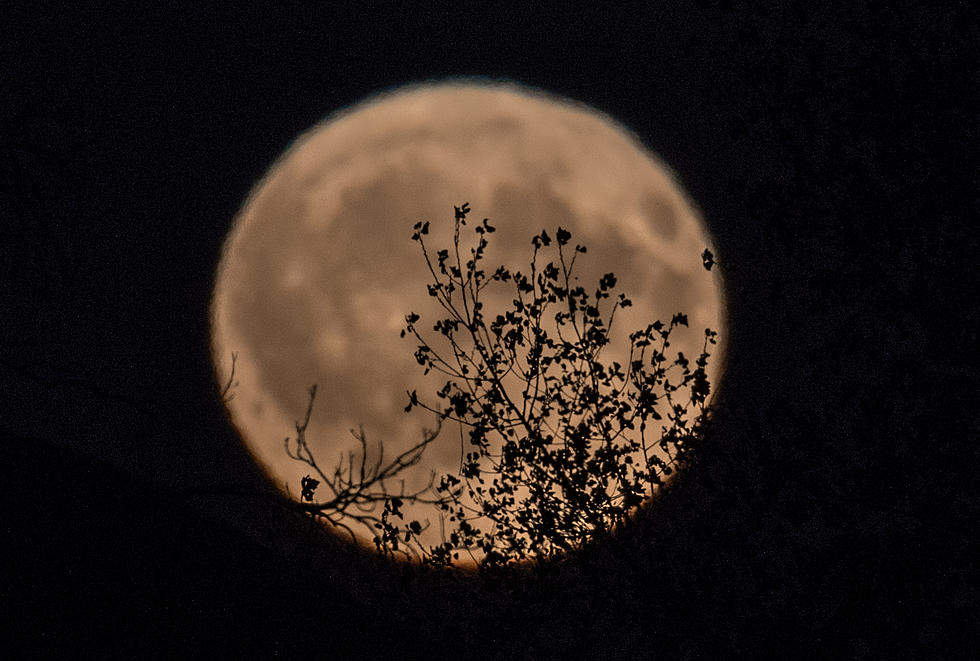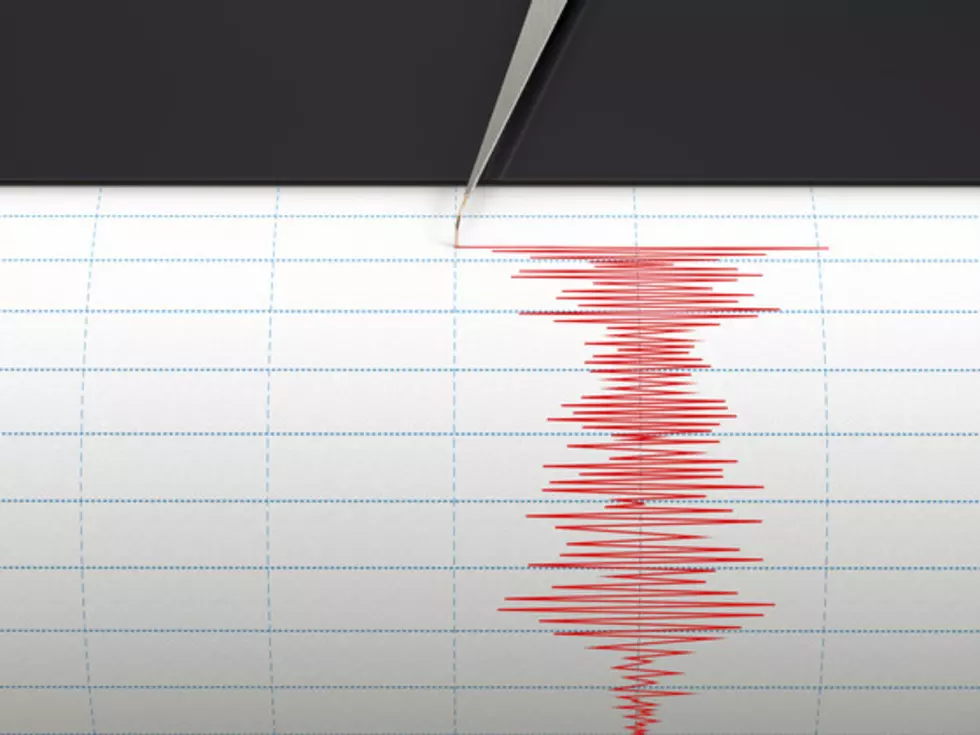![Earthquake Forces Nepal Hospital Associated With CSU to Care for Patients Outdoors [PICTURES]](http://townsquare.media/site/48/files/2015/04/Feature-630x419.jpg?w=980&q=75)
Earthquake Forces Nepal Hospital Associated With CSU to Care for Patients Outdoors [PICTURES]
The CSU Mycobacteria Research Laboratories group that my wife, Jenny, works with at CSU has close ties to a hospital in Nepal that has been greatly affected by the recent earthquake. CSU has worked with the Anandaban Hospital for 25 years.
No one in the hospital was injured in the quake, but the damage to the buildings has made it unsafe to stay in the buildings. Dr. Patrick Brennan from CSU shared some pictures with my wife and a story from Deanna Hagge, at the hospital, that show what it is like to run a facility in the open air. The hospital is now taking on quake victims as the area hospitals fill up.
Patients and Staff O.K.
Two staff quarters collapsed. There have since been over 100 aftershocks, some over 6.7 on the Richter scale. At first, cracks developed in one older ward; and those patients were shifted to another ward. But as aftershocks continued, all patients and staff are now sleeping outside. All Kathmandu and affected areas are doing the same. It’s been cold and raining.
Hospital Overcrowding
Many injured from surrounding villages and communities are coming to Anandaban for emergency care. Kathmandu hospitals are overwhelmed. At the time of the earthquake, Dr. Indra and a team were in south Nepal (Surkhet) running a weeklong reconstructive surgery camp. They left early Sunday morning to drive back to Anandaban. The roads are very dangerous . As of Monday afternoon, I heard that the team was only a few hours from arrival at Anandaban. Hopefully, they have arrived by now. Many homes in the villages surrounding Anandaban are damaged. Immediately south of Anandaban are many tightly packed hills for which Anandaban is the nearest hospital. People will walk or carry the injured for days from those hills to seek care. Hospital staff are doing the best they can, showing great courage. However, most everything is having to be done outside the buildings due to the continuing aftershocks and understandable caution.
Food - Water - Fuel - Electricity
The day the earthquake struck, water and electricity immediate ceased in Kathmandu (and likely across many areas of Nepal). At some point (maybe Monday?), the power came on in some parts of Kathmandu for 2 hours only, which was helpful as some points of communication into Nepal were mobile phones with rapidly fading batteries. Without power, communication will be going dark from many. For the moment, Anandaban has some fuel to run the generator and some water in the tank. A staff said Tuesday (Nepal time) that Anandaban was the only place he could access the internet – as Kathmandu 3G and electricity in his home area was down. Another note about developing sanitation issues: there are large and growing numbers of bodies to be necessarily burned quickly (traditional method of cremation).
Travel in Nepal
There is only one international airstrip in Nepal (Kathmandu Tribhuvan Airport). Ongoing reports are sometimes declaring it open – but not to civilian traffic. For now, experienced aid organizations are critical priority for disaster management. Many mountain roads will have landslides. Even on a good day, the Indian border is 6-8 hours drive from Kathmandu. Some online international news reports are saying incoming food will not be available for at least several days to a week. Many people are not going to be able to cook food or boil water.
How to Help
In the USA: http://www.leprosy.org/american-leprosy-missions-assists-victims-of-the-devastating-nepal-earthquake/
First day pics from Kathmandu in this YouTube video:
More From K99



![Mama Moose Charges Female Elk to Protect Baby at Rocky Mountain National Park [PICS]](http://townsquare.media/site/341/files/2013/06/Baby-Moose-5-iStockphoto-.jpg?w=980&q=75)





